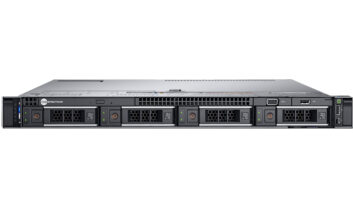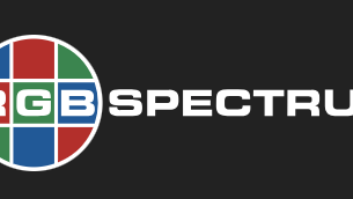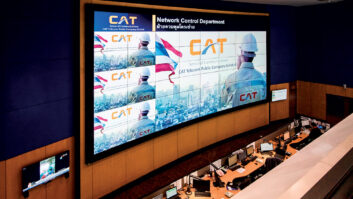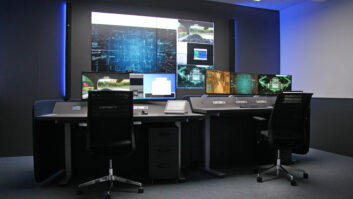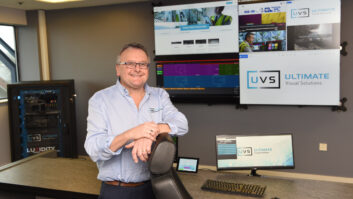
KVM matrix switches offer resilience, flexibility and interactive response, says IHSE managing director Enno Littmann.
Audiovisual installations are becoming more sophisticated and complex, needing to cope with ever-increasing video resolutions, greater data throughput and wider access requirements. At the same time, the value of content is rising; it may be commercially sensitive and need to remain within an organisation or may need to be displayed under strict branding guidelines and in a highly controlled manner. The consequent cost of losing valuable data can be enormous. However, the proliferation of networks and easier remote access to computers runs counter to security. Transmitting and copying data is now one of the simplest tasks any computer user can undertake.
Video switches enable unrestricted connection between source devices and distant displays and have radically changed the structure of the AV industry. They deliver the considerable advantage of flexibility: allowing video streams to be switched to different displays. The source computers can be located in access and environmentally controlled locations, thereby maximising overall system security and easing maintenance.
However, greater levels of interactivity and complex data transfer requirements mean that nowadays applications and systems must respond to user commands instantly; with no lag or inaccuracy. Or be able to send or transmit data files in either direction without fear of it failing or being accessed by unauthorised operators.
Herein lies a problem: video matrix switches, based on HDBaseT (or proprietary protocols) or video-over-IP, adequately transmit video in the forward direction, but do not have the capacity to return large amounts of data or interactive commands that are essential in today’s highly sophisticated interactive AV systems.
Enter the KVM matrix switch and extender. Not only does this class of device deliver lossless, artefact-free video with imperceptible latency, up to and including single and dual head HD and 4K resolutions, but it permits a totally reliable and instant return path with USB-HID for keyboard and mouse control and USB 2.0/3.0 for data. To the user, the computer truly appears to be alongside their workstation, even though it may actually be hundreds of metres, or even kilometres, away.
For professional AV systems requiring high levels of security, robustness and flexibility, KVM switches provide an ideal solution. Signals can be controlled and user access limited. Sufficient redundancy can be built into the system design that a distribution network can deliver total and uncompromised security to any required level. All with complete bidirectional data handling and uncompromised interactive response, as well as instant switching and pristine image clarity.
KVM matrix switches include interface protocols that make them simple to connect to professional third party control systems, such as those supplied by AMX and Crestron, allowing them to be easily and effectively integrated into larger systems.
IHSE’s Draco tera KVM matrix switches and extenders feature in an extensive list of critical installations: government control centres, port management systems, ocean-going seismic research vessels, airport information systems featuring several hundred displays in videowalls, air traffic control systems, large entertainment venues – as well as broadcast centres, OB vans and editing suites. These are all applications that must continue to operate, whatever happens – and that require levels of performance and reliability that match anything in our industry.
